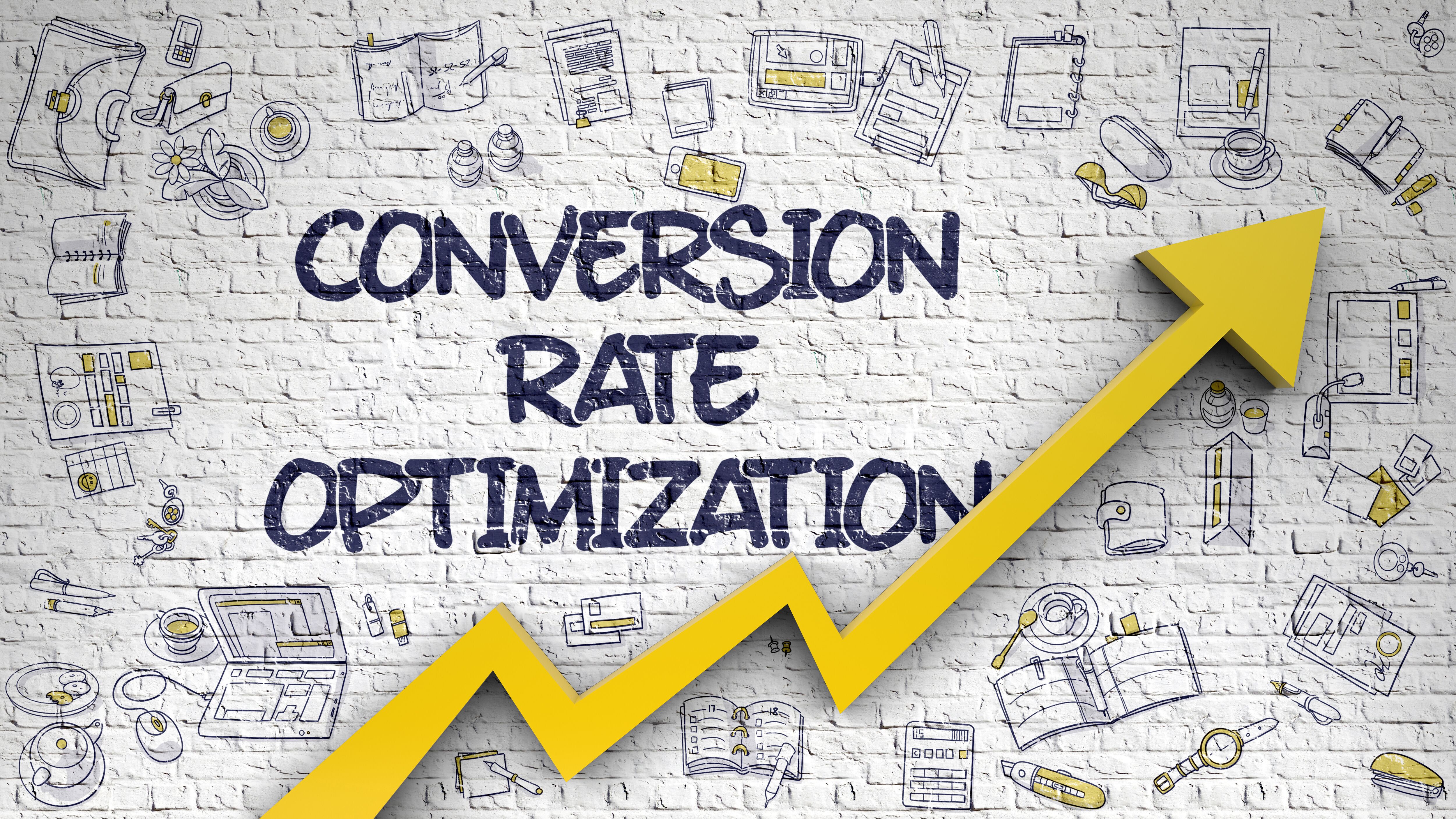More and more people are learning about conversion rate optimization: what it is, what it does, and why it’s important for a business’ success. Ecommerce CRO is one of the fastest growing practices among digital marketers.
Still, there are people and businesses that are unfamiliar with CRO. Plus, there are misconceptions about the processes. And some people remain unconvinced about CRO’s value, asking what can conversion rate optimization do for me, my ecommerce site and business?
But CRO is one of the most effective ways to grow your company. Ecommerce conversion rate optimization helps you turn more visitors into customers. And it enables you to increase your revenue from both new and existing customers.
CRO isn’t a fad or a buzzword. It’s an essential component of your business’ growth strategy. It’s what separates online businesses that see an upward trend in traffic, leads, and revenue from those that remain stagnant.
As conversion rate optimization becomes increasingly popular, learn as much as you can about the strategy to see if it’s a good fit for your business and its goals.
How Conversion Rate Optimization Helps Your Business Grow
You make data-driven decisions.
If you don’t practice CRO, you’re likely making decisions about your website based on hunches, saying things like, “I think we should move the form above the fold because I think more people will sign up…”
When you practice ecommerce CRO, you go from “I think” to “I know.”

A big part of conversion rate optimization is A/B testing. And when you A/B test your hypotheses, you make non-permanent changes to your site, evaluate the effects and whether the changes were beneficial. Then, you decide whether to implement the changes more permanently based on statistically significant data collected during the tests.
This approach is way more effectual and drastically reduces guesswork when it comes to making changes and increasing your site’s conversions.
You can test changes securely.
Before the rise of CRO, if you wanted to tweak your site, you had to make the changes, monitor the results—potentially losing leads and revenue if the changes were detrimental—and then decide whether to keep the changes or revert your site to its original form.
But with most of the A/B testing software that’s available today, you can test securely. This means you can make changes to your site non-permanently and show different sets of visitors the different versions of your site simultaneously if you wish.
This comes in handy when new trends and marketing ideas emerge. You can test out these new ideas against what you know works well already and see how they impact your site. If they work well, you can implement them right now. Or, if not, you know those particular trends aren’t a good fit for you.
You learn more about your visitors and customers.
When you practice conversion rate optimization, you’ll learn a lot about your site’s visitors and customers. You’ll discover important insights about your their likes and dislikes based on how they interact with your website.

This information is useful because it can improve your site’s UX and guide your future marketing, design, and development decisions. This way, any changes you make or strategies you employ can cater to your visitors’ and customers’ preferences and hopefully turn them into repeat customers.
You lower your customer acquisition costs.
Acquiring customers can be costly. But when you improve your site’s UX based on what you know about your site’s visitors, that process becomes less expensive because more of your site’s existing traffic is now converting and generating revenue.

And when you lower your customer acquisition cost, you increase your ROI. Ecommerce conversion rate optimization helps you make the most from what you already have.
What do you think about ecommerce conversion rate optimization as a growth technique? Is it something you’d like to learn more about? Reach out via our contact page and let us know!




